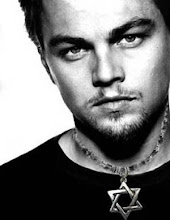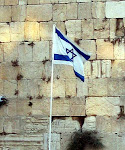By Chaim Levinson, Haaretz Settlements Correspondent
There are now more than 300,000 residents living in Jewish West Bank settlements, according to a Israel Defense Forces Civil Administration report covering the first half of 2009.
As of June 30, the settlements had 304,569 residents, an increase of 2.3 percent since January.
Most of the growth was in the most religious communities, including the ultra-Orthodox settlements. Modi'in Ilit gained 1,879 residents, a 4.5 percent increase. Beitar Ilit gained 1,074 residents, a 3.1 percent jump.
Excluding these two communities, the growth rate in the other Jewish settlements was 1.75 percent.
Generally, growth rates are higher in the second half of the year, because many families move over the summer.
 Among local councils, Har Adar (near Jerusalem) saw 5.7 percent growth, and Alfei Menashe (near the Sharon region, north of Tel Aviv) reported a 2.7 percent increase. Kedumim recorded 2.1 percent; Emanuel, 1.2 percent; and Kiryat Arba, 0.9 percent.
Among local councils, Har Adar (near Jerusalem) saw 5.7 percent growth, and Alfei Menashe (near the Sharon region, north of Tel Aviv) reported a 2.7 percent increase. Kedumim recorded 2.1 percent; Emanuel, 1.2 percent; and Kiryat Arba, 0.9 percent.The report also reflects government restrictions on settlement construction. Population growth in settlements in high demand was relatively low. Ma'aleh Adumim, home to many young couples, saw a population increase of just 1 percent, as did Efrat, where professionals and American immigrants often seek housing.
The population of Hashmonaim, also a destination for many American newcomers, increased by 1.1 percent. Ofra grew by 1.2 percent. Karnei Shomron had a population increase of 0.2 percent - another 15 residents. Ariel grew by less than 0.1 percent.
The report also noted a 4.4 percent increase - 425 people - in settlers living outside municipal areas.
However, these figures do not include all of the residents of unauthorized outposts, as some are regarded as residents of adjoining settlements. The highest growth rates by percentage were in small settlements such as Itamar, Elon Moreh and Kfar Tapuah.












